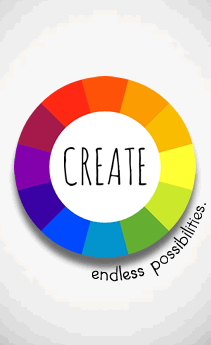Arts Department

Katja Jimenez - Resource Teacher
-- Phone: 240-740-1392
-- Fashion Production 1/2/3/AP, Fashion Illustration 1/2
-- The Fashion Classroom
- Ceramics 1, 2, 3, 4, AP
- Ceramics 1
- Studio 1, 2, 3, AP
- Darkroom Photography, Digital Photography
- Ceramics 1and Studio Art
- Graphic Design 1, 2, 3; and Digital Photo 1
Courses
- Ceramics/Sculpture 1A and 1B
- Ceramics/Sculpture 2A and 2B
- Ceramics/Sculpture 3A and 3B
- AP-3D Studio Ceramics A/B
- AP-Darkroom A/B
- Digital Photography 1A/2A
- Digital Photography 2A/2B and 3A/3B
- AP-Drawing A/B
- Foundation of Fashion Production 1A/1B
- Fashion and Costume Production 2A/B
- Fashion and Costume Production 3A/B
- Fashion Illustration 1A/1B
- Fashion Illustration 2A/2B
- AP-3D Studio-Fashion A/B
- Graphic Art 1, 2, 3, 4
- Photography 1A and 1B
- Photography 2A and 2B
- Photography 3A and 3B
- Studio Art 1A/1B
- Studio Art 2A/2B
- Studio Art 3A/3B
- Studio Art 4A/4B
- AP-Studio Art 2D

